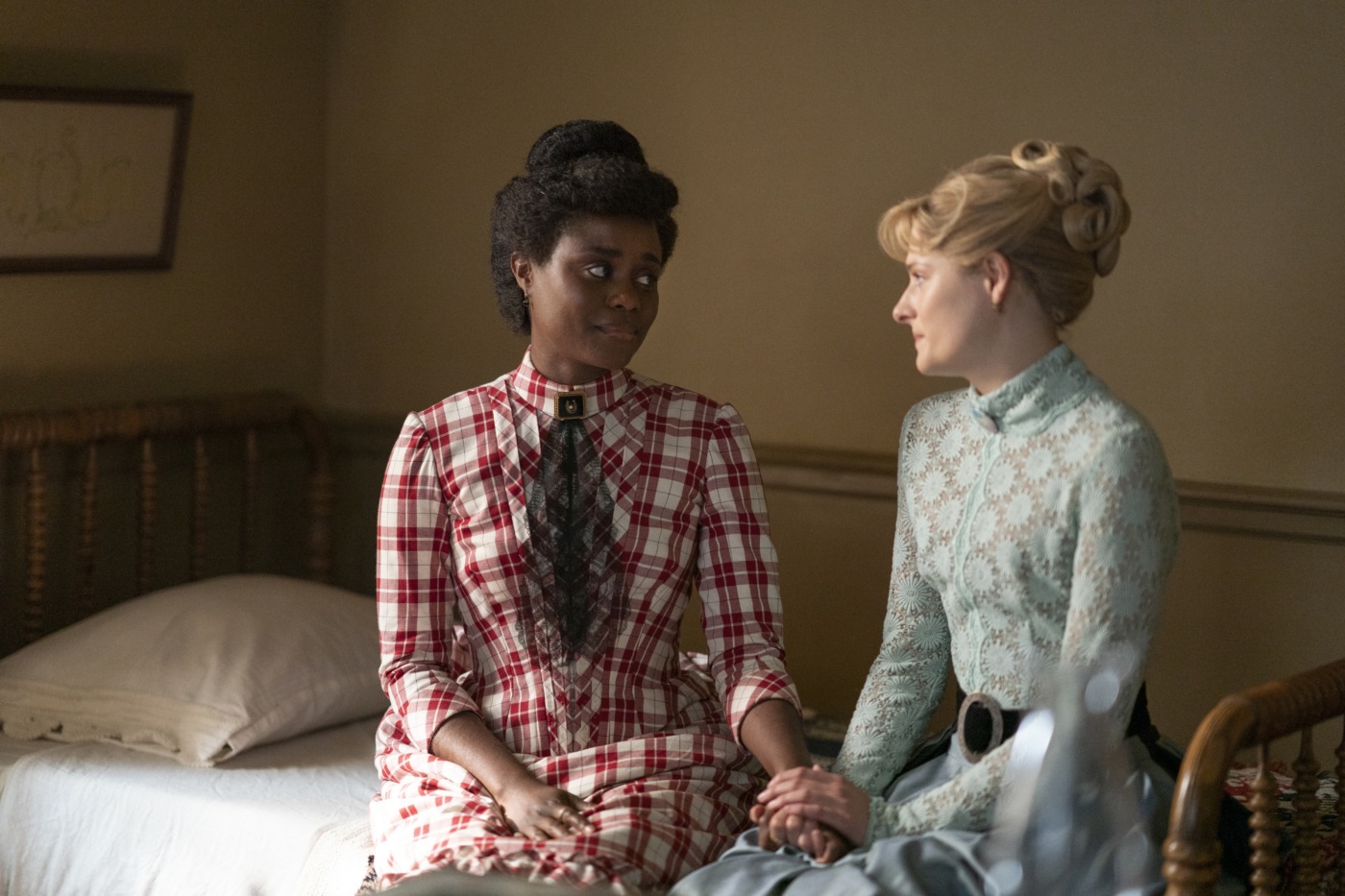What makes a great period drama?
*Access the multimedia version here!
Gorgeous gowns, magnificent manors, lush landscapes: the first thing that comes to mind when thinking about period dramas is the aesthetics. Many successful period dramas, both on the big and the small screen, are extremely visually pleasing (just think of Atonement or Jane Eyre). Yet, despite its impeccable looks, Julian Fellowes’s The Gilded Age has been released to relatively average ratings, and for many viewers it apparently hasn’t lived up to the hype that Downton Abbey created. On the other hand, if you’ve ever seen Upstairs, Downstairs, you probably realise that the sets just aren’t… amazing. But it was still extremely popular, collecting award after award. So clearly, looks aren’t everything, and it would be a mistake to judge a period drama merely by its costume department. Let’s face it: a lay audience (which is what most of us are) will not be able to tell the difference between a dress from 1885 and one from 1895 anyway, nor will there be any fingers pointed at slightly inaccurate make-up in a series about the 1920s. So if it’s not just the aesthetics, what makes a great period drama? Is there perhaps even a formula to creating the perfect historical production?
Period dramas that don’t reach too far into the past also make it easier to connect with the characters
Successful period dramas tend not to go further back than the early 1800s, with medieval and early modern worlds often being adapted in the form of fantasy productions. Period dramas that don’t reach too far into the past also make it easier to connect with the characters, since viewers might remember stories about their own family members’ experiences of the time brought to life on-screen. At the same time, they need to be sufficiently far away so that viewers can (depending on the overall vibe of the series) develop a nostalgic yearning for a 1920s social life, or feel very glad not to be living in the 1950s. While some historical taboos might seem passé, such as having a child ‘out of wedlock’ or (gasp!) getting a divorce, many issues are still relevant today. Successful period dramas manage to show the past through a modern (camera) lens. This means that they avoid the pitfalls of having characters act in a painfully anachronistic way, so ahead of their time they cannot be taken seriously. Instead, the characters behave as they presumably would have, while the storytelling accentuates certain contemporary themes that still resonate.
This might include (but is by no means limited to) domestic violence, mental health and mental illness, women’s rights, and technological advances. There is simple (though admittedly somewhat malicious) joy in seeing characters sceptically eye, and ultimately adapt to, technology that is more than mundane from our point of view, whether that’s electricity, the cinema, telephones, television, or microwaves. But this also allows us to reflect on our own assessment of emerging technologies and new inventions such as AI or biotechnology.
Showcasing so-called ‘women’s issues’ can also be a road to commercial success, though not necessarily to artistic recognition. Productions centred on female-led narratives, like Call the Midwife, or based on romance, like the 1995 BBC Pride and Prejudice mini-series, tend to be viewed as less relevant and dismissed as ‘cosy’. But what critics of all things Austen tend to overlook is that many of her works, and the period dramas based on them, are quite simply pretty funny. What’s more, they are very much concerned with material realities and the economics of marriage. And even if that were not the case, it would be misguided to assume that social history was not just as important a part of the past as political or military history.
A truly good period drama is one that allows its viewers to reflect on the present by looking at the past through a modern lens.
The popularity of these kinds of British period dramas overseas can be explained by the “exportation of Edwardian Englishness” they provide. The problem with this is that these productions project a limited vision of British identity: A Room with A View, Downton Abbey, and The Crown aren’t just perceived as quintessentially British, they’re also overwhelmingly white. Criticisms of this have often not been addressed in earnest, as creators have claimed that including more actors of colour would simply be “factually inaccurate”. However, as we’ve established already, a truly good period drama is one that allows its viewers to reflect on the present by looking at the past through a modern lens. This means that period dramas that want to be relevant in contemporary British society need to stop glorifying an imagined past and start addressing the genre’s striking lack of diversity, whether that’s by casting actors of colour into traditionally white roles like in The Personal History of David Copperfield, or by taking a bottom-up approach to historical storytelling that changes which stories make it to the screen in the first place. The latter is the case in The Gilded Age, which as one subplot follows a Black middle-class family in 1880s New York. Another area where period dramas traditionally lack diversity is class, but this has improved in recent years with productions that give the ‘downstairs’ characters just as much room and depth as the ‘upstairs’ ones, or focus entirely on working-class protagonists as Peaky Blinders does.
There is no formula for the perfect period drama, and truly great productions are hard to find in this underappreciated genre. But there certainly is a period drama for everyone – perhaps you just have to change gear and actively look for dashing diversity instead of bland aesthetic beauty.


Comments